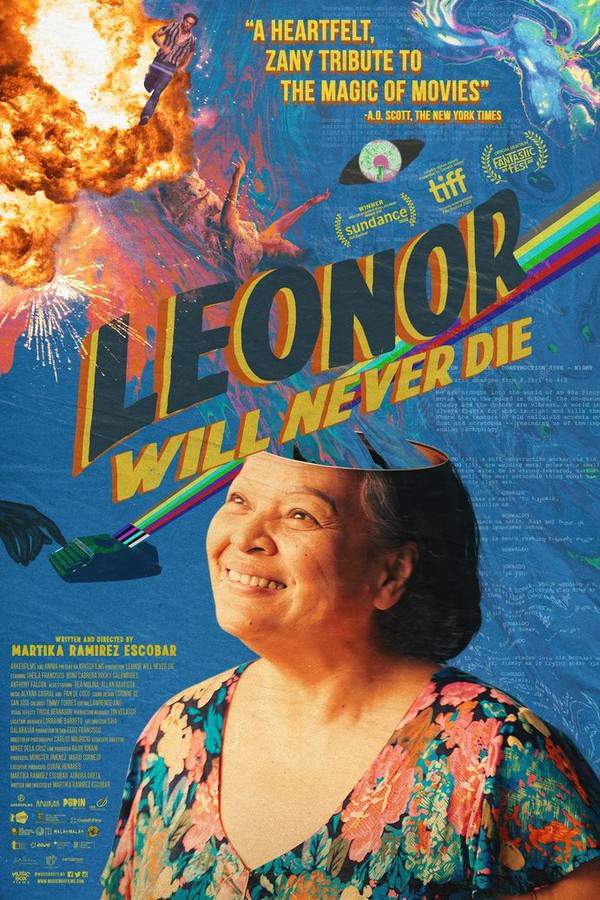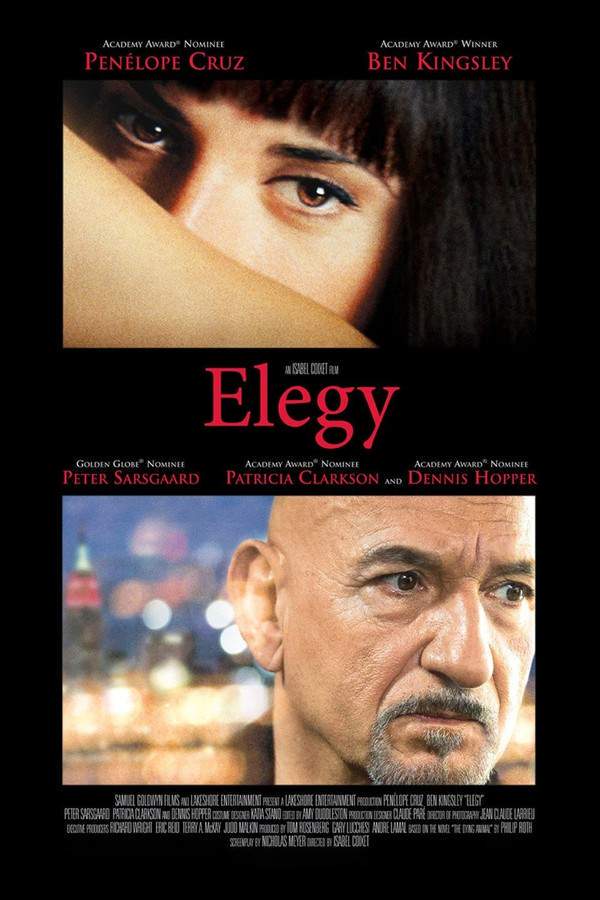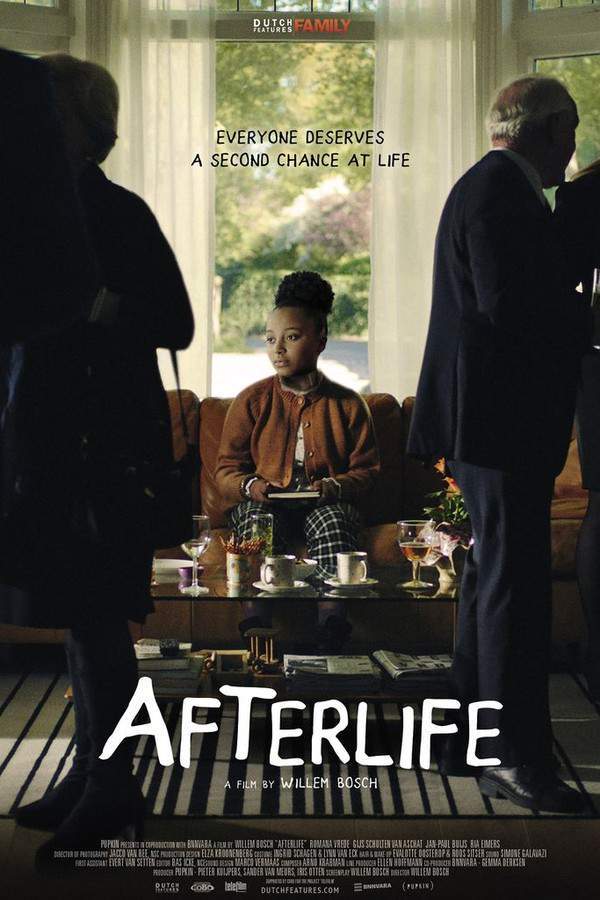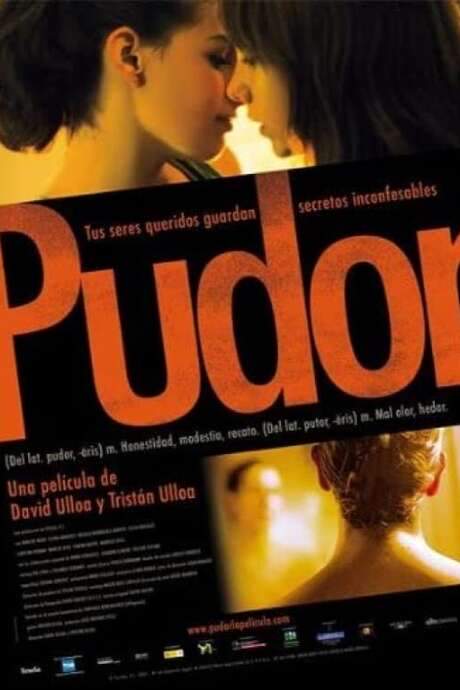Dormant Beauty 2014
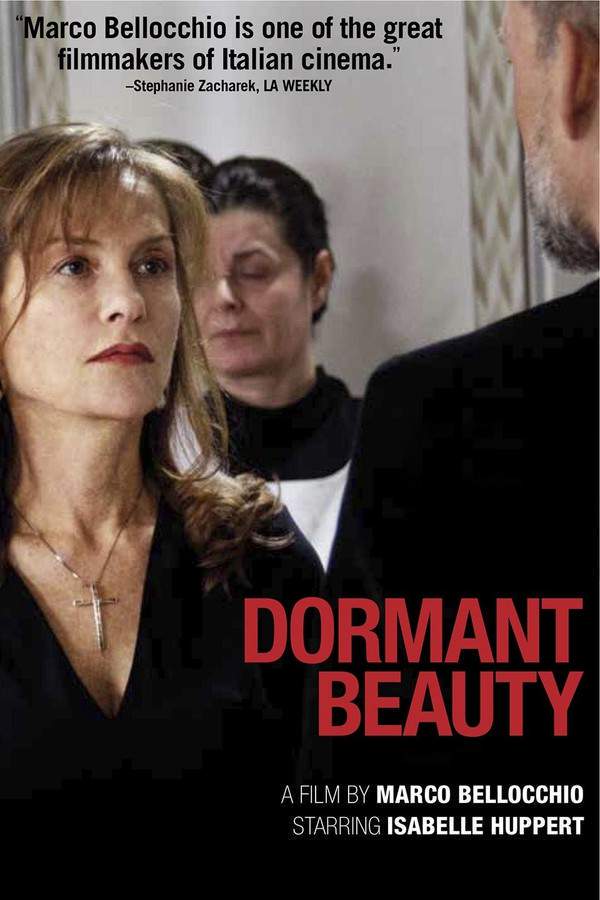
This poignant drama chronicles the final six days of Eluana Englaro's life following a severe accident that left her in a comatose state. For 17 years, she remained clinically vegetative, and the film explores the difficult journey of her loved ones as they grapple with the realities of her condition and the complexities of mortality. It’s a story of resilience and the enduring strength of the human spirit.
Does Dormant Beauty have end credit scenes?
No!
Dormant Beauty does not have end credit scenes. You can leave when the credits roll.
Meet the Full Cast and Actors of Dormant Beauty
Explore the complete cast of Dormant Beauty, including both lead and supporting actors. Learn who plays each character, discover their past roles and achievements, and find out what makes this ensemble cast stand out in the world of film and television.
No actors found
External Links and Streaming Options
Discover where to watch Dormant Beauty online, including streaming platforms, rental options, and official sources. Compare reviews, ratings, and in-depth movie information across sites like IMDb, Wikipedia, Rotten Tomatoes or Metacritic.
Ratings and Reviews for Dormant Beauty
See how Dormant Beauty is rated across major platforms like IMDb, Metacritic, and TMDb. Compare audience scores and critic reviews to understand where Dormant Beauty stands among top-rated movies in its genre.

72
Metascore
tbd
User Score


81%
TOMATOMETER

41%
User Score

6.3 /10
IMDb Rating
Take the Ultimate Dormant Beauty Movie Quiz
Challenge your knowledge of Dormant Beauty with this fun and interactive movie quiz. Test yourself on key plot points, iconic characters, hidden details, and memorable moments to see how well you really know the film.
Exploring Dormant Beauty: Test your knowledge on the intricate themes and characters portrayed in the film 'Dormant Beauty'.
What catastrophic event changes Eluana Englaro's life?
A car accident
A stroke
A terminal illness
A fall
Show hint
Full Plot Summary and Ending Explained for Dormant Beauty
Read the complete plot summary of Dormant Beauty, including all major events, twists, and the full ending explained in detail. Explore key characters, themes, hidden meanings, and everything you need to understand the story from beginning to end.
The cinematic narrative delves into the remarkable true story of Eluana Englaro, whose life took a tragic turn after a catastrophic car accident left her in a permanent coma. For years, her family fought tirelessly for her dignity and rights, ultimately arriving at the heart-wrenching decision to pursue euthanasia in 2009. This brave choice ignited a tumultuous response from the Catholic Church and various political entities during Berlusconi’s IV Cabinet, illustrating the profound societal rifts surrounding such sensitive issues. While Eluana herself remains unseen throughout the film, the poignant use of archival footage, including TV clips and newspaper headlines, continually evokes her significant presence in the narrative.
The storyline intricately weaves together multiple perspectives that grapple with the complex themes of existence and the inevitability of death. Among these is Uliano, a Member of Parliament from Forza Italia, who finds himself conflicted with his party’s anti-euthanasia stance. He ultimately takes a courageous stand to break ranks and vote for the legalization of euthanasia. Simultaneously, his daughter Maria participates in a Christian prayer group opposing euthanasia outside Eluana’s hospital. Fate introduces her to Roberto, a fervent advocate for pro-euthanasia reform whose brother Pipino faces the challenges of bipolar disorder.
As the narrative unfolds, we encounter the “Divine Mother,” a prominent French actress married to an Italian star, facing the emotional toll of her daughter Rosa’s extended coma. As her world spirals into chaos, her only refuge becomes fervent prayer for her daughter’s healing. The story also introduces Rossa, a young woman grappling with heroin addiction and suicidal thoughts. She is eventually guided back from despair by Pallido, a compassionate doctor whose own past struggles shape his sensitive approach to healing. Through these intersecting lives, the film paints a rich, emotional portrait of the complex debates surrounding life, death, and personal choice.
Uncover the Details: Timeline, Characters, Themes, and Beyond!

Coming soon on iOS and Android
The Plot Explained Mobile App
From blockbusters to hidden gems — dive into movie stories anytime, anywhere. Save your favorites, discover plots faster, and never miss a twist again.
Sign up to be the first to know when we launch. Your email stays private — always.
Discover Film Music Concerts Near You – Live Orchestras Performing Iconic Movie Soundtracks
Immerse yourself in the magic of cinema with live orchestral performances of your favorite film scores. From sweeping Hollywood blockbusters and animated classics to epic fantasy soundtracks, our curated listings connect you to upcoming film music events worldwide.
Explore concert film screenings paired with full orchestra concerts, read detailed event information, and secure your tickets for unforgettable evenings celebrating legendary composers like John Williams, Hans Zimmer, and more.


Dormant Beauty Themes and Keywords
Discover the central themes, ideas, and keywords that define the movie’s story, tone, and message. Analyze the film’s deeper meanings, genre influences, and recurring concepts.
Dormant Beauty Other Names and Titles
Explore the various alternative titles, translations, and other names used for Dormant Beauty across different regions and languages. Understand how the film is marketed and recognized worldwide.
Similar Movies To Dormant Beauty You Should Know About
Browse a curated list of movies similar in genre, tone, characters, or story structure. Discover new titles like the one you're watching, perfect for fans of related plots, vibes, or cinematic styles.
Quick Links: Summary, Cast, Ratings, More

What's After the Movie?
Not sure whether to stay after the credits? Find out!
Explore Our Movie Platform
New Movie Releases (2025)
Famous Movie Actors
Top Film Production Studios
Movie Plot Summaries & Endings
Major Movie Awards & Winners
Best Concert Films & Music Documentaries
Movie Collections and Curated Lists
© 2025 What's After the Movie. All rights reserved.












